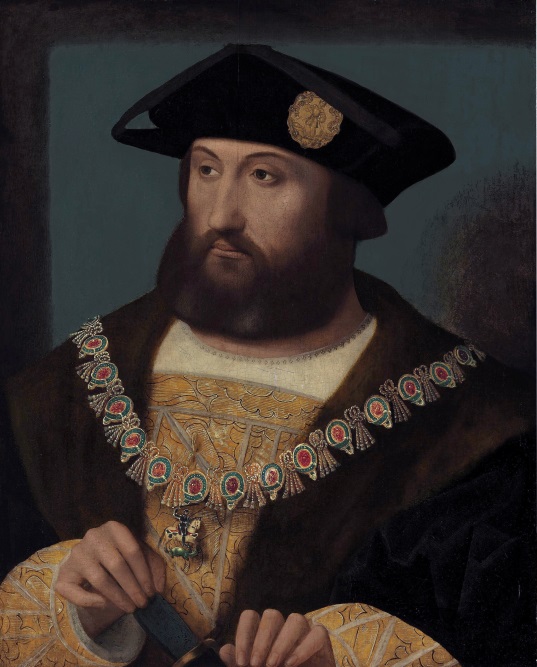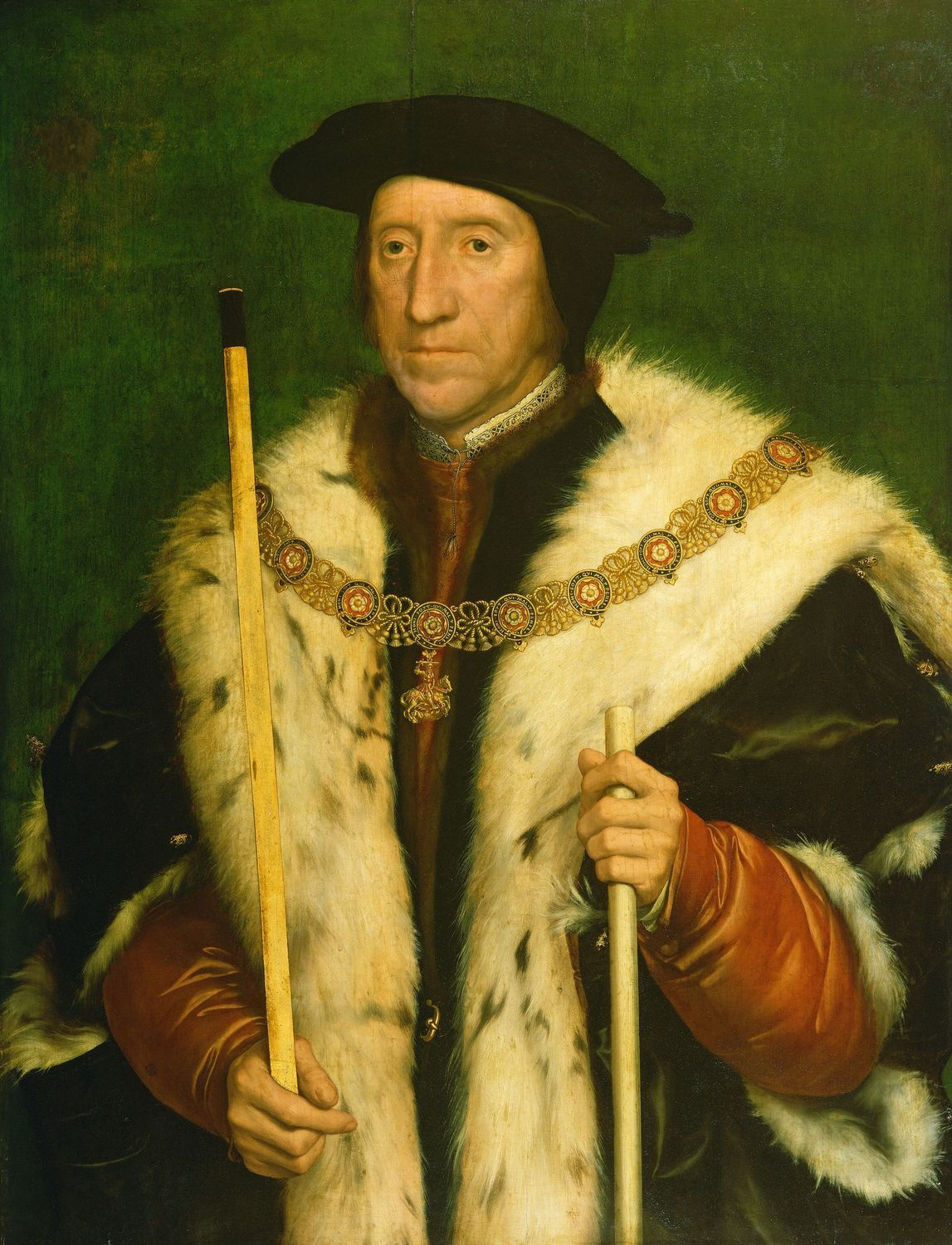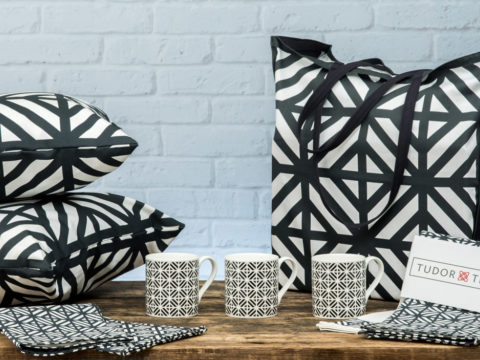Anne Boleyn's Coronation
Chapter 1: Proclamation
When Henry VIII married Anne Boleyn (amongst much controversy) in 1533, he was eager for her to be accorded the highest possible honour, with her own coronation. He was convinced that his pregnant wife was bearing his heir, and he did not want any doubt cast on her position or the validity of their marriage. He, himself, had been crowned with his first wife, Katharine of Aragon, in 1509.

However it was not unusual for a Queen to be crowned separately, if she married an already-crowned monarch. Richard III and his wife, Anne of Warwick were crowned together, but Henry VII and Elizabeth of York had separate ceremonies.

In early May, a Proclamation was made requesting anyone who believed he had a right to take part in the coronation of the new Queen, to present his case three weeks after Easter to Charles, Duke of Suffolk and Lord High Steward. Whatever the misgivings of some of the nobility over the new marriage, they were not backward in claiming their rights to participate.
Amongst others, the Duke of Norfolk claimed his right to act as Earl Marshal, the Earl of Arundel to be High Butler, the Earl of Oxford to be Lord High Chamberlain and Viscount Lisle (Henry’s half-uncle) to be High Panter (custodian of the loaves). These were of course, ceremonial roles, Arundel and Lisle did not personally order the wine or the bread.

The next step was to prepare the City of London. Orders went out to the Mayor and Corporation to prepare to fetch the new queen from the palace at Greenwich, and bring her by barge, amidst a splendid flotilla, to the Tower of London, where it was the custom for the King and Queen to stay prior to their coronations.
